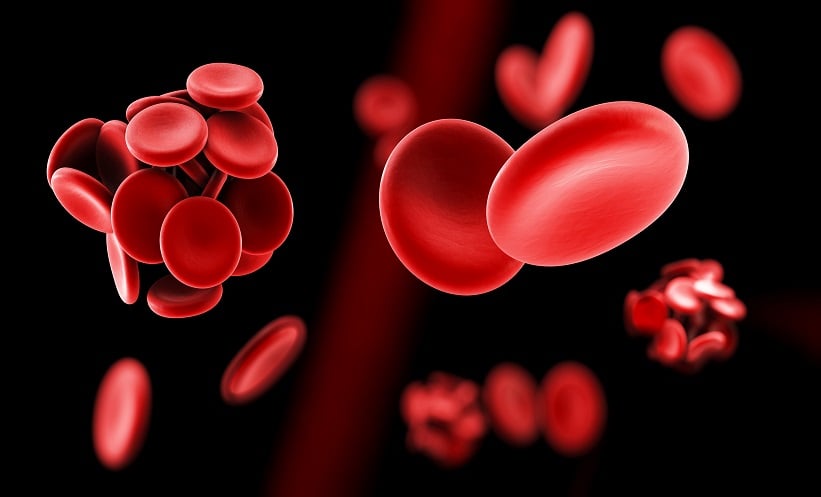A new study finds that how patients feel and function before starting treatment can help predict how well they’ll respond to multiple myeloma therapies.
Researchers analyzing data from over 1,800 patients across three major clinical trials (MAIA, POLLUX, CASTOR) found that patient-reported physical function, measured before treatment using the EORTC QLQ-C30 survey, was strongly linked to survival outcomes and serious side effects.
Patients with lower physical function saw greater survival benefits from daratumumab-based therapies compared to those with higher function, suggesting that physical function scores can help identify who may benefit most. For instance, patients with low physical function had a 47% reduction in the risk of death when treated with daratumumab, compared to a much smaller benefit in patients with higher physical function.
Importantly, physical function added predictive value beyond the commonly used ECOG Performance Status, a clinician-rated measure of patient health.
The study supports the growing role of patient-reported data in cancer care and suggests that physical function assessments should be routinely used alongside traditional clinical measures in multiple myeloma treatment planning.
Reference
Abuhelwa AY et al. Predictive and prognostic significance of patient-reported outcomes for survival and adverse events in daratumumab-treated multiple myeloma. Eur J Haematol. 2025;114(6):1020-1031.







